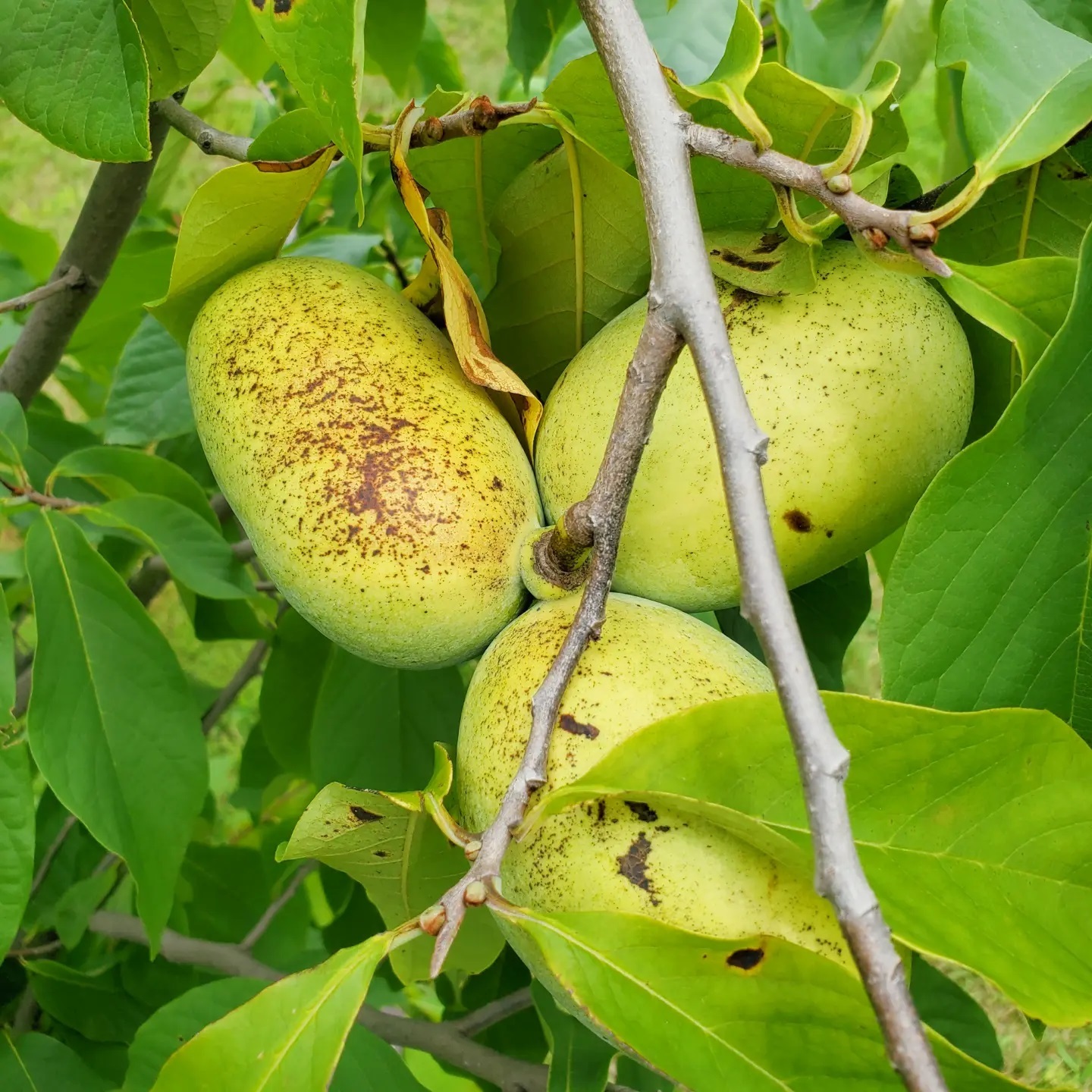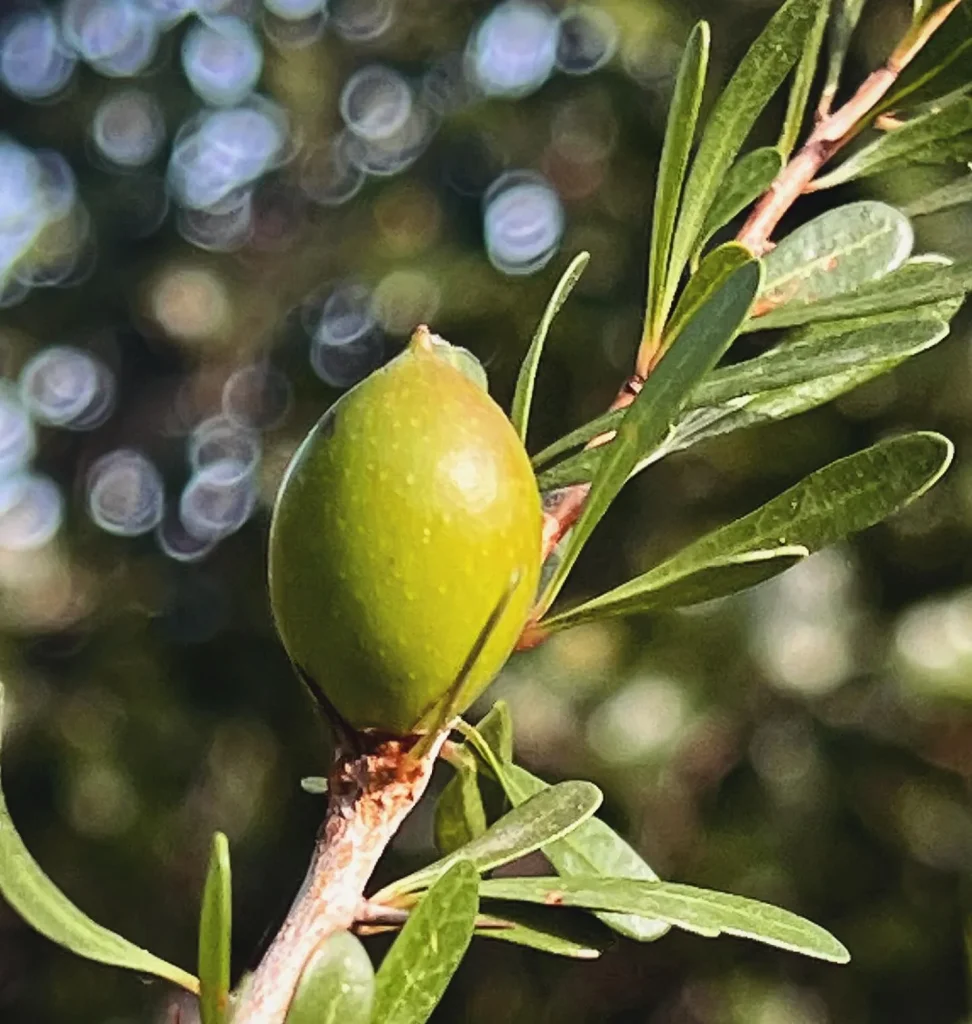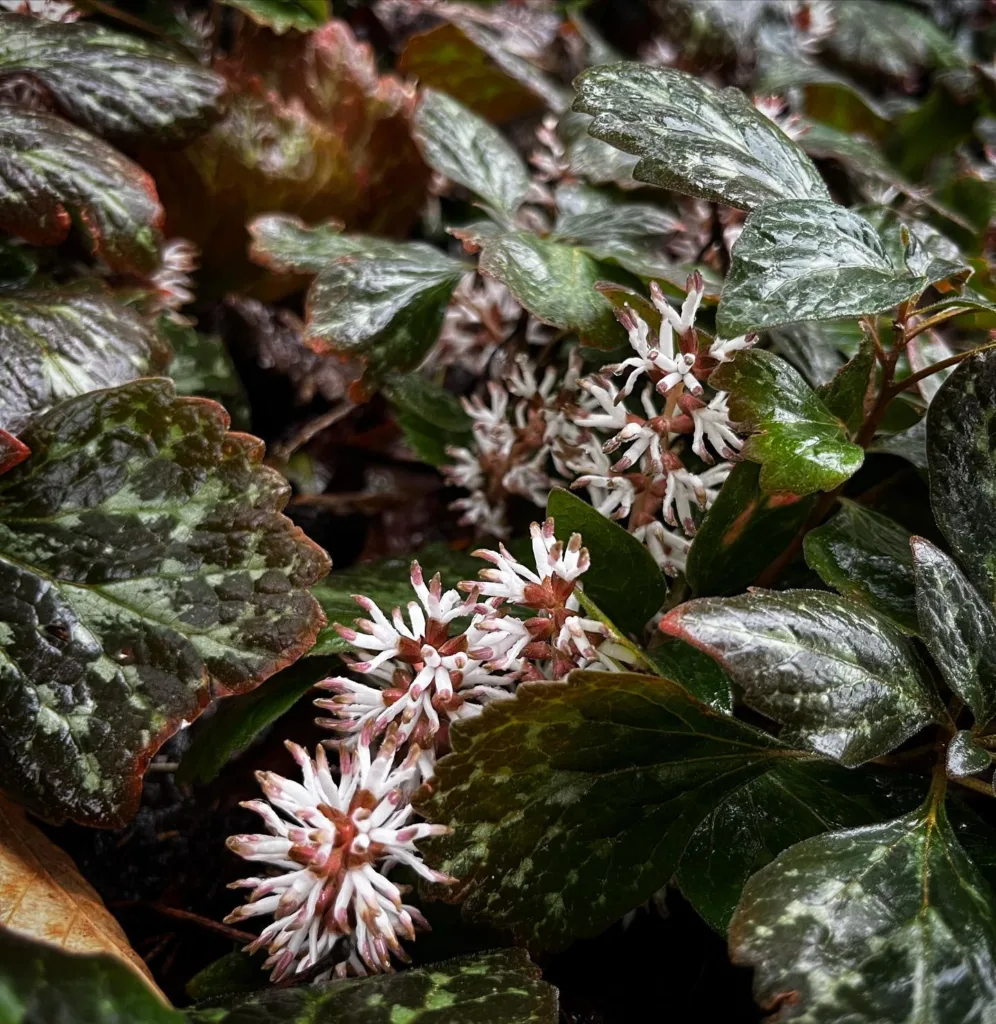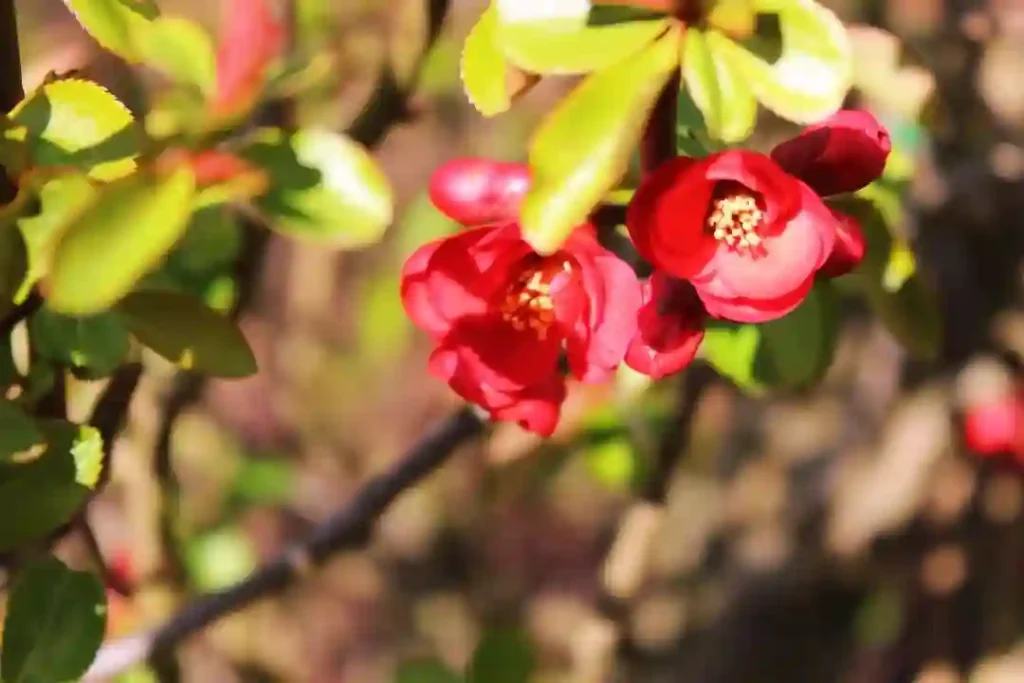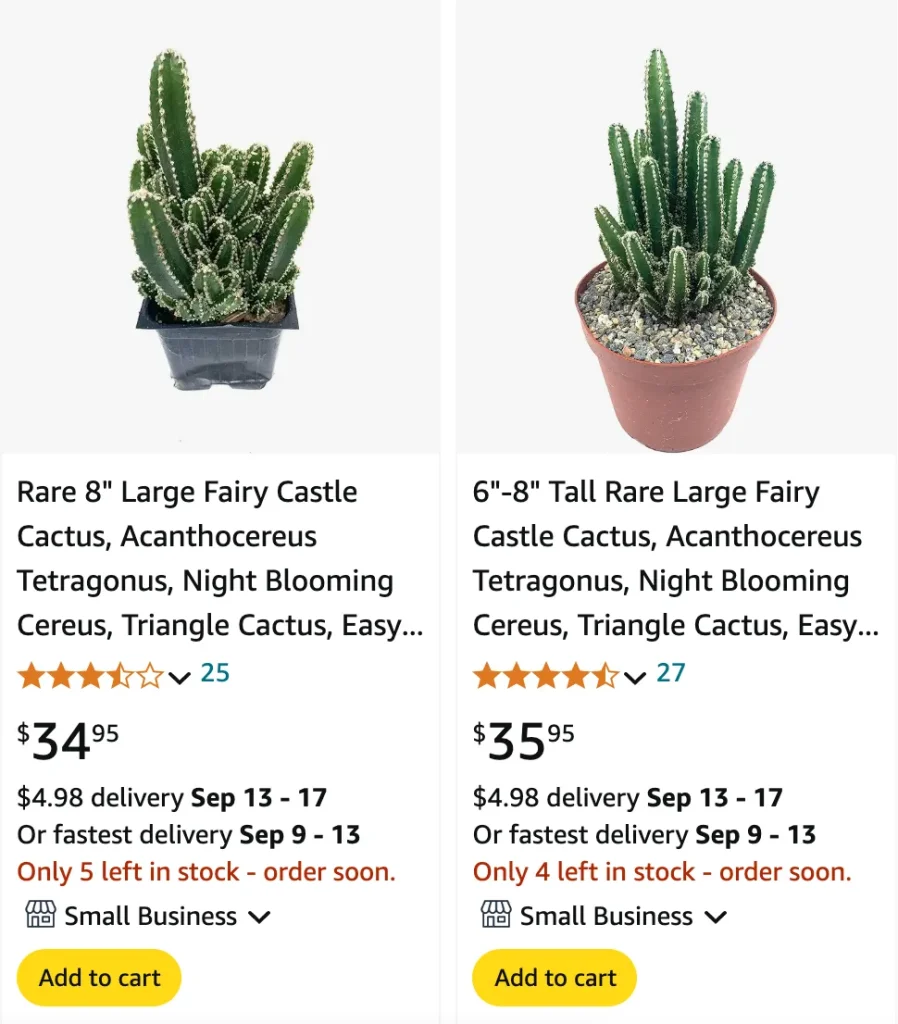
What Is Acanthocereus Tetragonus?
Acanthocereus Tetragonus, commonly known as the Triangle Cactus or the Organ Pipe Cactus, belong to the Cactaceae family, is a strikingly unique plant native to the Caribbean and parts of Central and South America. It’s a cactus with ribbed, columnar stems that often branch out to form a tree-like shape. This plant can reach impressive heights and is well-suited for arid environments, making it a popular choice for desert-themed gardens and landscapes.
Plant Family: 161 Genera in Cactaceae
How to Care for Acanthocereus Tetragonus?
Caring for Acanthocereus Tetragonus is relatively straightforward, provided you meet its basic needs. Here’s how:
- Light: This cactus thrives in bright, direct sunlight. It can handle several hours of full sun daily, which helps it grow tall and robust.
- Water: During the growing season (spring and summer), water the cactus deeply but infrequently, allowing the soil to dry out completely between waterings. In winter, reduce watering significantly, as the plant goes dormant.
- Soil: Use well-draining cactus or succulent soil. Adding sand or perlite can enhance drainage and prevent root rot.
- Temperature: Acanthocereus Tetragonus prefers warm temperatures, ideally between 70-100°F (21-37°C). It can tolerate cooler temperatures but should be protected from frost.
- Fertilization: Feed the cactus with a balanced, water-soluble fertilizer during the growing season. Avoid over-fertilizing, as this can lead to excessive growth and weaken the plant.
How to Propagate Acanthocereus Tetragonus?
Propagation of Acanthocereus Tetragonus is typically done through stem cuttings. Here’s a simple guide:
- Select a Healthy Cutting: Choose a healthy, mature stem segment. It should be at least a few inches long and free of damage or disease.
- Allow the Cutting to Callous: Let the cut end of the stem dry out and form a callous. This can take a few days to a week.
- Plant the Cutting: Once calloused, plant the cutting in a well-draining cactus mix. Water lightly until roots develop, then care for the new plant as you would for a mature cactus.
- Provide Light and Warmth: Place the cutting in bright, indirect light and keep it warm to encourage root growth.
What to Plant With Acanthocereus Tetragonus?
Acanthocereus Tetragonus pairs well with other succulents and cacti. Consider planting it alongside:
- Aloe Vera: Offers a contrasting texture and requires similar care.
- Echinocactus Grusonii (Golden Barrel Cactus): Adds a spherical form that complements the columnar shape of Acanthocereus Tetragonus.
- Sedum Species: Their low-growing nature contrasts nicely with the tall, upright cactus.
Can You Grow Acanthocereus Tetragonus Indoors?
Yes, you can grow Acanthocereus Tetragonus indoors. Ensure it receives plenty of bright, indirect light, such as from a south-facing window or under grow lights. Maintain a warm, dry environment to mimic its natural habitat and avoid overwatering to prevent root rot.
Is Acanthocereus Tetragonus Toxic?
Acanthocereus Tetragonus is not considered toxic to humans or pets. However, its spines can be quite sharp and may cause irritation or injury if handled roughly. It’s a good idea to use gloves when working with this cactus to avoid any potential discomfort.
Benefits of Acanthocereus Tetragonus
Acanthocereus Tetragonus offers several benefits:
- Aesthetic Appeal: Its unique shape and texture make it an eye-catching addition to gardens and indoor spaces.
- Low Maintenance: It requires minimal care compared to other plants, making it ideal for busy gardeners.
- Drought Tolerance: Its ability to thrive in dry conditions helps conserve water.
Common Problems with Acanthocereus Tetragonus
While relatively easy to care for, Acanthocereus Tetragonus can encounter a few problems:
- Root Rot: Often caused by overwatering. Ensure proper drainage and let the soil dry out between waterings.
- Sunburn: Leaves may turn yellow or brown if exposed to excessive direct sunlight. Provide some shade if grown outdoors in extremely hot climates.
- Pests: Watch out for pests like spider mites and mealybugs. Treat infestations with insecticidal soap or neem oil.
Compare with Agave Isthmensis & Potatorum
Acanthocereus Tetragonus is often confused with Agave Isthmensis and Agave Potatorum, though they are distinct plants:
- Agave Isthmensis: A rosette-forming agave with fleshy, thick leaves, often with spines along the edges. It’s not a cactus but a succulent that requires different care, including less water and cooler temperatures.
- Agave Potatorum: Known for its compact rosette and architectural form. Like Agave Isthmensis, it needs different care compared to Acanthocereus Tetragonus. It prefers less water and can handle cooler temperatures better.
In summary, while Acanthocereus Tetragonus, Agave Isthmensis, and Agave Potatorum may all appeal to succulent enthusiasts, they have distinct characteristics and care requirements. Understanding these differences can help ensure each plant thrives in its respective environment.
If i die, water my plants!
